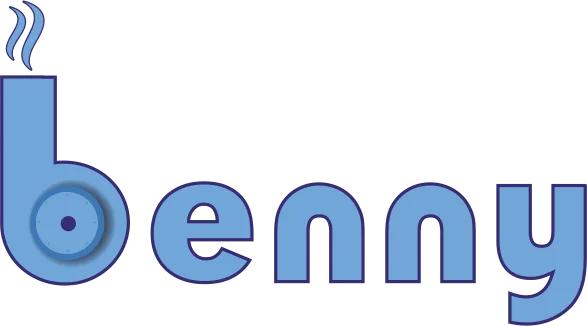Ventilation of Painting Systems
Painting Systems
Professional or industrial painting: painting rooms, car paint ovens, painting parts in paint booths, furniture painting, electrostatic powder coating, automatic painting with robots, and more.
Two common methods:
Wet painting - with a gun or spray nozzle.
Electrostatic (dry) painting - attaching powder to the product and baking in an oven.
The painting systems are built in a closed cabin to control the movement of air and paint. Each cabin has clean air intake and exhaust air with residues. In each of these methods, there is a risk of inhaling particles by the operator. Another problem is the emission of paint splashes and thinner vapours. This is an environmental issue for neighbours and nearby entities.
Risks in Painting
Inhaling paint particles or thinner vapors causes diseases and even premature death. Paint contact with the body, especially the eyes, can cause inflammation, irritation, and worse, especially if it happens daily. The operator protects their body and face with long clothing, work glasses, and a respirator mask. The primary risk that we, as ventilation system designers, deal with is the risk of inhaling toxic materials present in the paint and solvents. Another risk we address is emissions from painting facilities to the environment. These emissions must be pre-filtered according to environmental protection requirements.
Designing Ventilation for Painting Systems
The primary goal, as mentioned, is to protect the worker. For this purpose, we build a system that draws external air from behind the worker, directs clean air over the worker, and removes air with paint particles from the cabin. We ensure that this airflow does not affect the quality of the painting. The second aspect of the design is the exhaust air. In wet painting, we have to deal with both paint particles and solvent vapours to ensure they are not emitted into the environment. There are clear standards and regulations from the Environmental Protection for this. We build filtration systems with several stages for particles filtration and finally remove solvent vapours from the air using activated carbon or other methods.
In dry, Electrostatic Painting, we try to collect the powder residues systematically. For this purpose, we use powder traps like cyclones and other traps, and additional filters to capture the powder residues before emission.
Summary
Airflow in painting systems is a key aspect of achieving safe and efficient facilities. Engineer Benny Meiri has designed dozens of paint booths of various types and is familiar with the required standards as well as the users requirements for different painting types and products.



